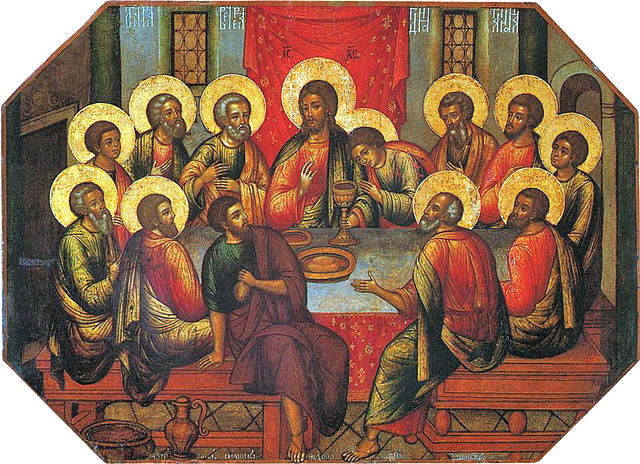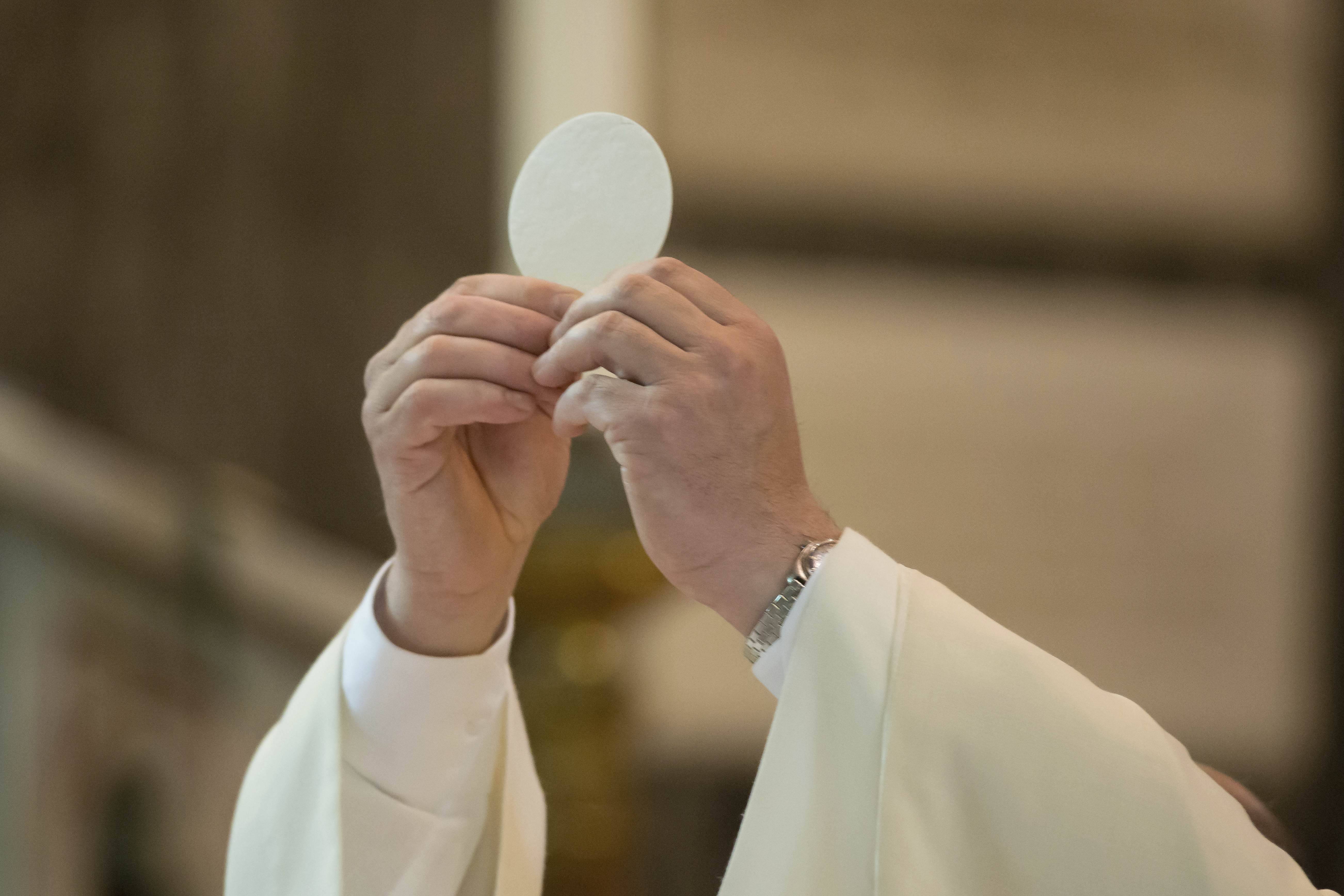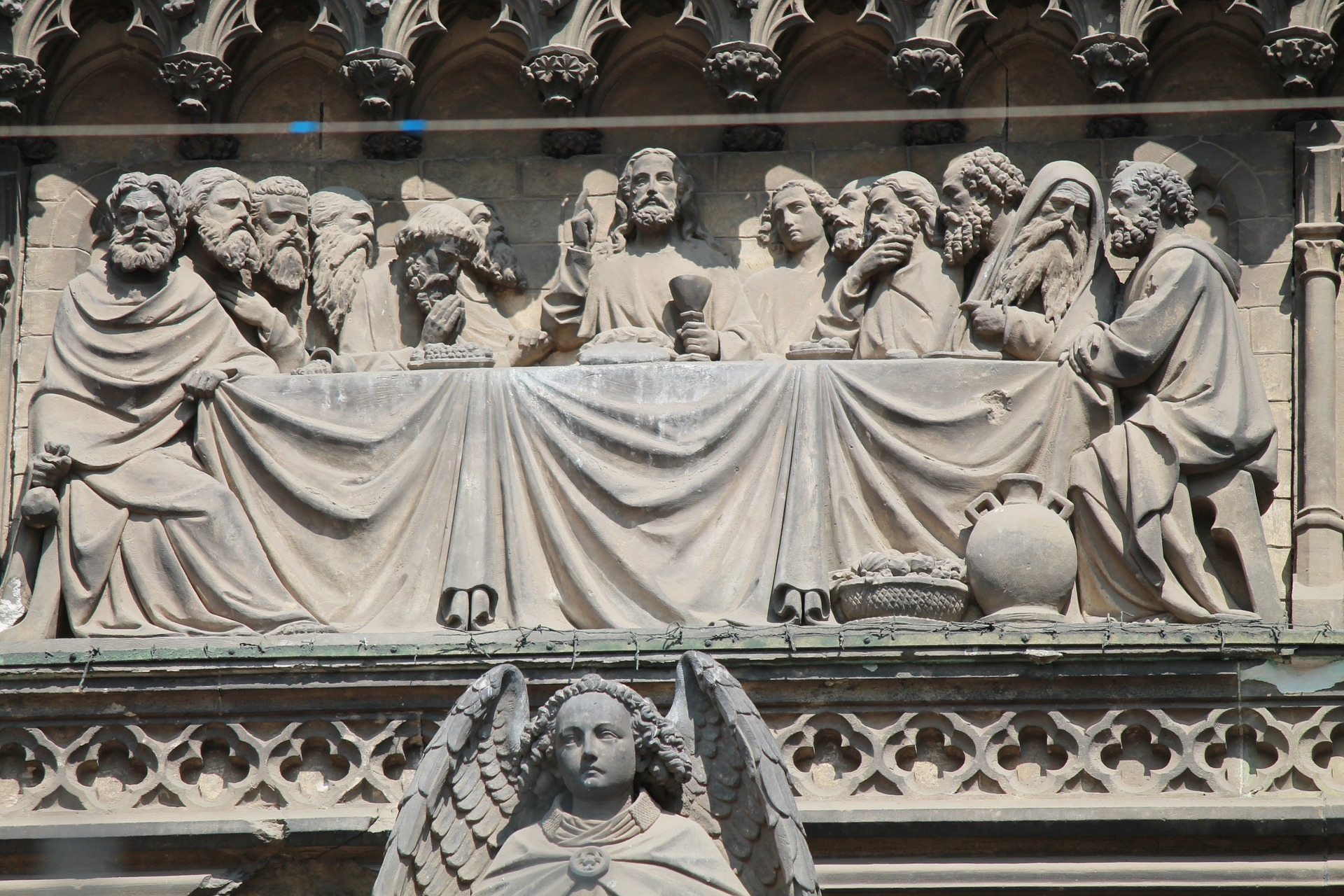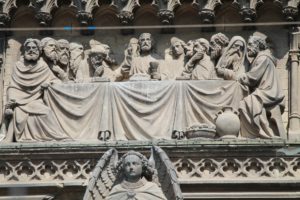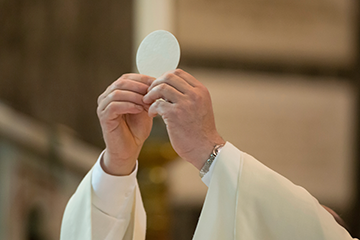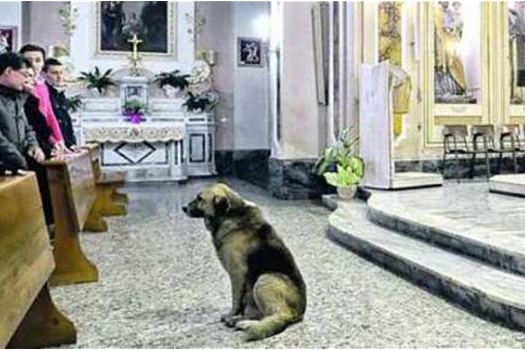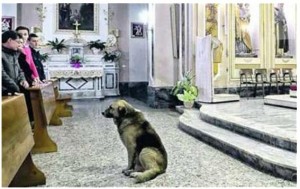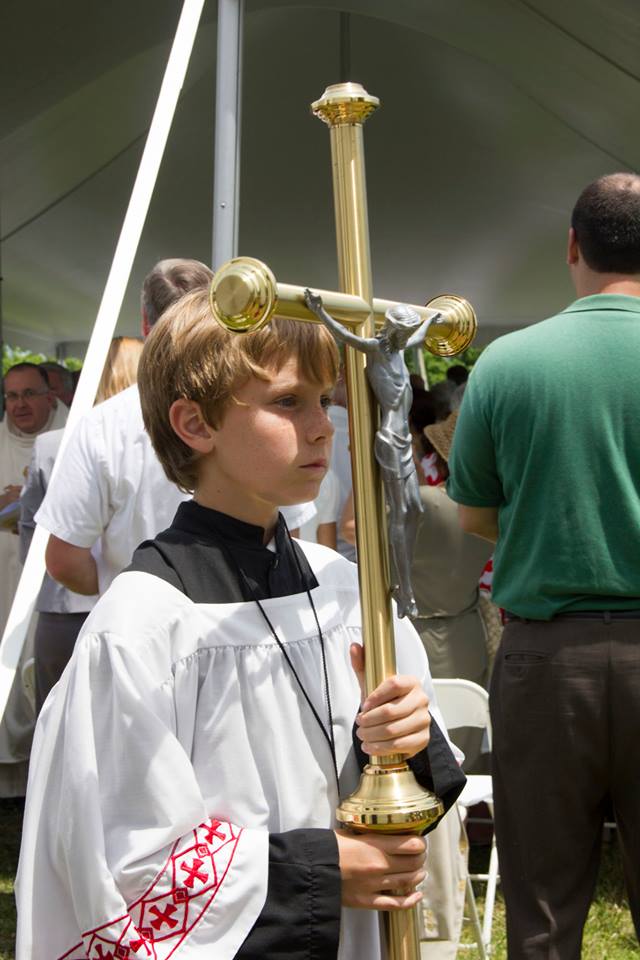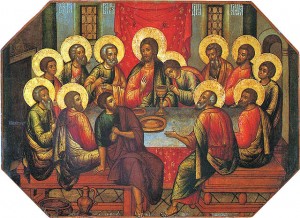 Your grace and mercy,
Your grace and mercy,
brought me through.
I’m living this moment,
Because of you.
I want to thank you,
And praise you too.
Your grace and mercy,
Brought me through!
On this feast of Thanksgiving (here in America) we do well to ponder how we ought to give thanks to God. Indeed, how can one adequately thank God, who is the giver of every good and perfect gift? Is it really enough to simply kneel and say a prayer of thanks? Perhaps we should run to Church and light a candle, or visit some distant shrine. Maybe we should be doing the “Snoopy Dance” as we say over and over, “Thank you, thank you, thank you!”
But none of these acts of thanksgiving would prove adequate. God has been too good, has done too much, and is, after all, God.
Indeed, a great question went up in the Old Testament regarding this very problem of adequately thanking God. It occurs in Psalm 116, wherein the psalmist plaintively asks,
“What return can I ever make to the Lord for all the good he has done for me?” (Psalm 116:12)
To that point, the Jewish people had been accustomed to killing thousands of animals every day and burning them up in the Temple in order to give thanks and to atone for sin. But the blood of animals cannot atone for sin and neither can slaying even many thousands of them really give adequate thanks to God.
And thus the same psalm not only asks the question, but also provides the answer:
What return can I ever make to the Lord, for all the good he has done for me? The chalice of salvation I will take up, I will call on the name of the Lord! (Psalm 116:12-13)
And yet, in supplying this answer, the actual raising of the chalice of salvation could only be pointed to in the Old Testament; it could not actually be done. The lifting up of the chalice of salvation and the giving of adequate thanks could, and would, only be done by Jesus.
And this brings us to the first Thanksgiving meal. No, we are not in Plymouth Massachusetts in the 1620s. We are at the first, the true, the only Thanksgiving meal that can ever really render adequate thanks to the Father. That meal took place in the upper room, at the Last Supper that Jesus had with His disciples. We are told that He took the bread and, having given thanks, blessed it, broke it, and gave it to His disciples saying, “Take this all of you and eat of it, for this is my Body.” And likewise, after the meal, He took the chalice and gave thanks, and giving it to His disciples He said, “Take this all of you and drink from it, for this is the chalice of my Blood, the Blood of the New and eternal Covenant, which will be poured out for you and for many, for the forgiveness of sins.” He added, “Do this in memory of me.”
Yes, this is the true and the first Thanksgiving meal. Jesus alone is able to fulfill Psalm 116; taking the cup, the chalice, He lifts it up and gives thanks to God adequately for all the good He has done. Jesus fulfills the Scripture and gives adequate thanks.
You and I can never give adequate thanks to the Father, but we do have a member of our family who is so able: He is our Brother and He is our Lord; He is Jesus Christ.
At Thanksgiving, how can you and I give adequate thanks to the Lord? The answer is not on some far-off, distant mountaintop; it is as near as our parish church. We give adequate thanks to the Father by joining our meager thanksgiving to the perfect thanksgiving of Jesus in every Mass. We, as members of His Body (and He is the Head of His Body the Church at every Mass), fulfill Psalm 116 when we, through Jesus our head, take the cup of salvation and call on the name of the Lord. Joining our meager thanks to that of Jesus, the Father is perfectly glorified and perfectly thanked. The Mass is the perfect thanksgiving; it was, is, and remains for us our perfect Thanksgiving meal and sacrifice.
Hidden Mass? It is interesting that in one of the Gospels chosen for the Mass on Thanksgiving, we have the gospel of the ten lepers. And you may have noticed (but perhaps not) that the whole gospel, which is about giving thanks, itself has the form of a Mass. For there are lepers who gather, just as we lepers gather at every Mass. And as they are gathered, Jesus is in their midst; Jesus is passing by. It is just as Jesus, acting through the person of the priest, walks the aisle of our church. And seeing Jesus, the lepers cry out, “Lord, have mercy!” just as we cry out in every Mass, “Lord have mercy, Christ have mercy, Lord have mercy.” And Jesus, turning, gives them a word, quoting from Leviticus 13:2 “Go show yourselves to the priests.” We, too, are given a word from the Lord at every Mass. Jesus’ homily to the lepers was a brief one, saying in effect, “Go do what this reading says.” And at the end of the day, that is a pretty good summary of what every sermon should be, as Jesus speaking through our clergy says to us, “Go do what this reading says.” One of the lepers, realizing he has been healed by this word, falls to his knees to give thanks. And so do we fall to our knees to give thanks in the great Eucharistic prayer. And the word “Eucharist” is from the Greek meaning “to give thanks.” Jesus then bids the man leave, saying that his faith and his act of thanksgiving have saved him. Thus we are instructed by the priest or deacon at the end of the Mass to go and announce salvation to the world.
Yes, this gospel about giving thanks is in the very form of the Mass. And it is no mistake, for the Mass is the perfect act of thanksgiving, wherein we are joined to Jesus in the one perfect act of praise and thanksgiving.
Just a brief thought on Thanksgiving day: how shall we adequately thank God for all the good He has done? You know the answer: go to Mass and join with Jesus in the only adequate way of really thanking the Father.
Here’s a nice old prayer. But the Mass is even better.

